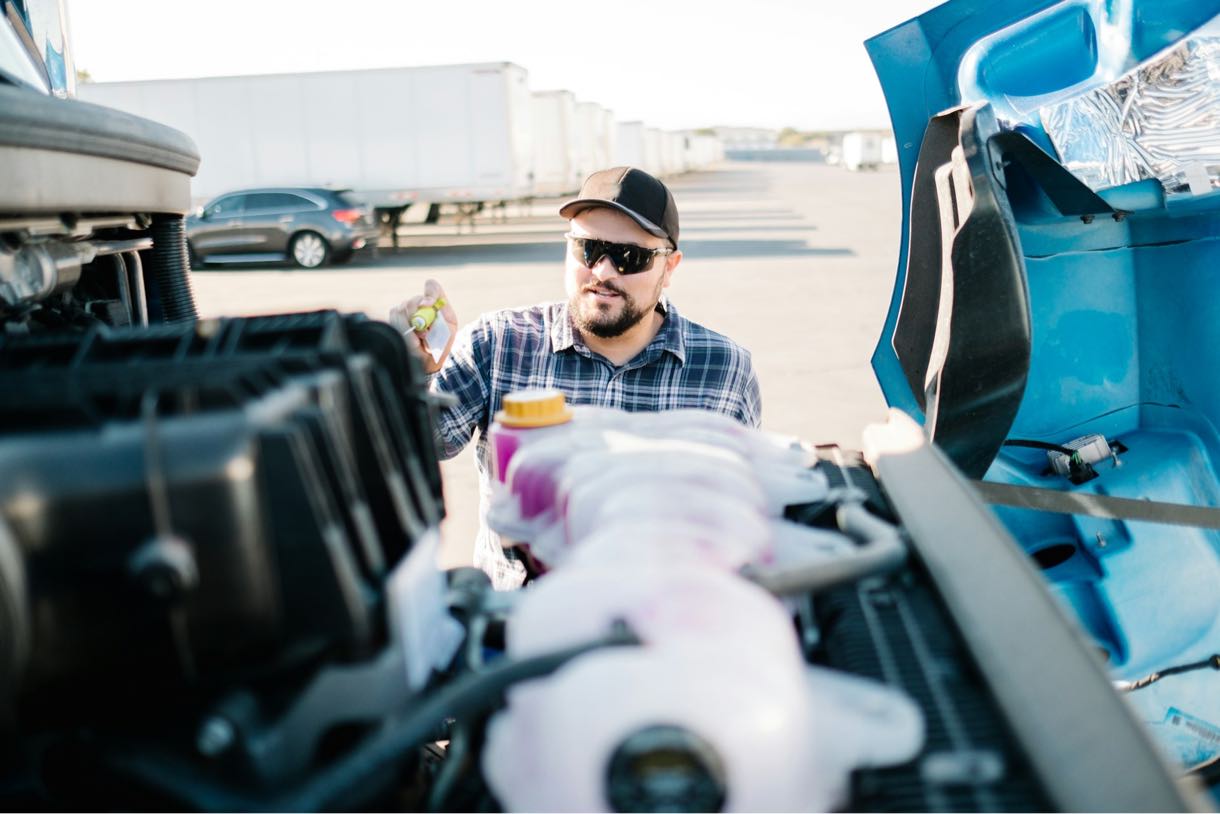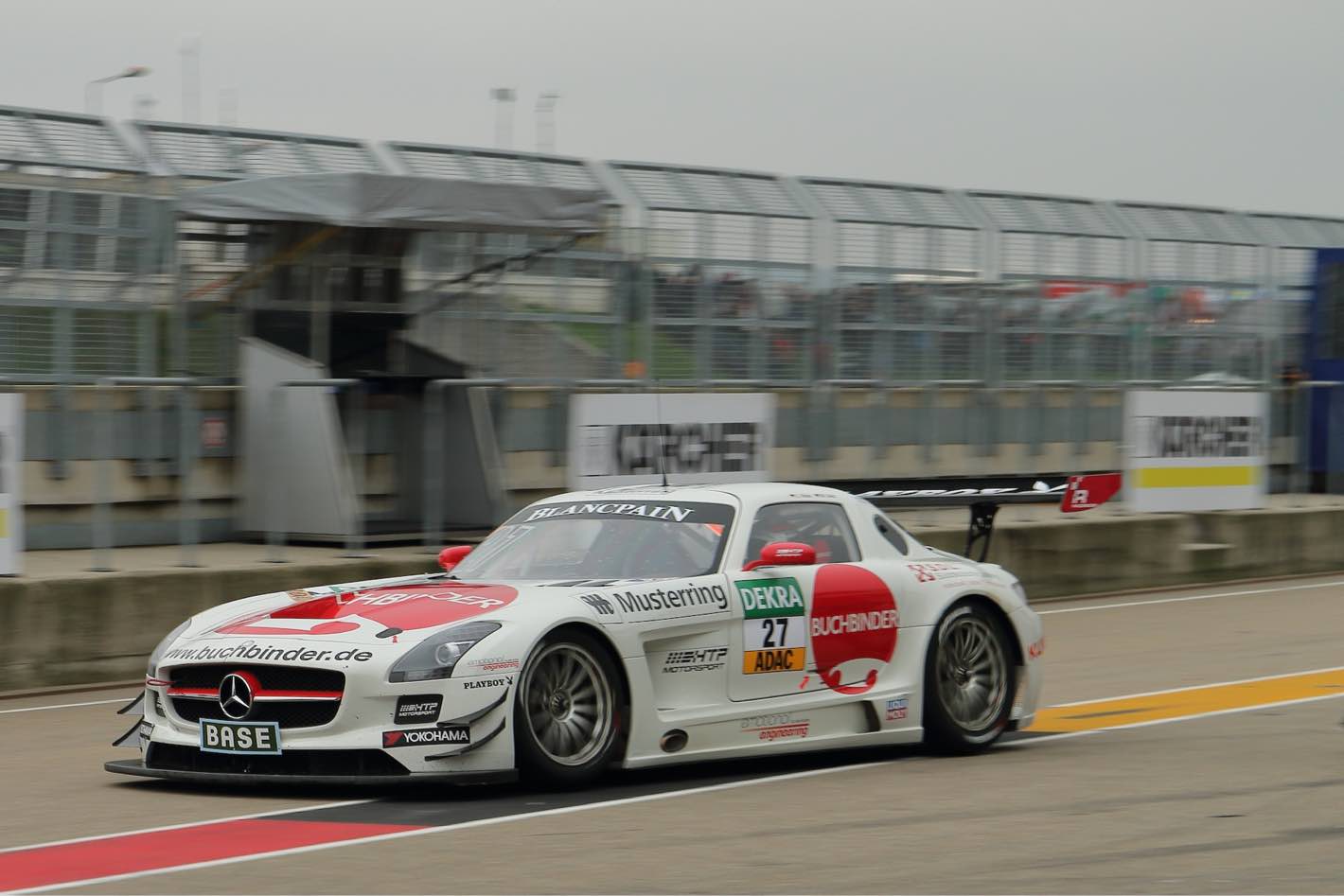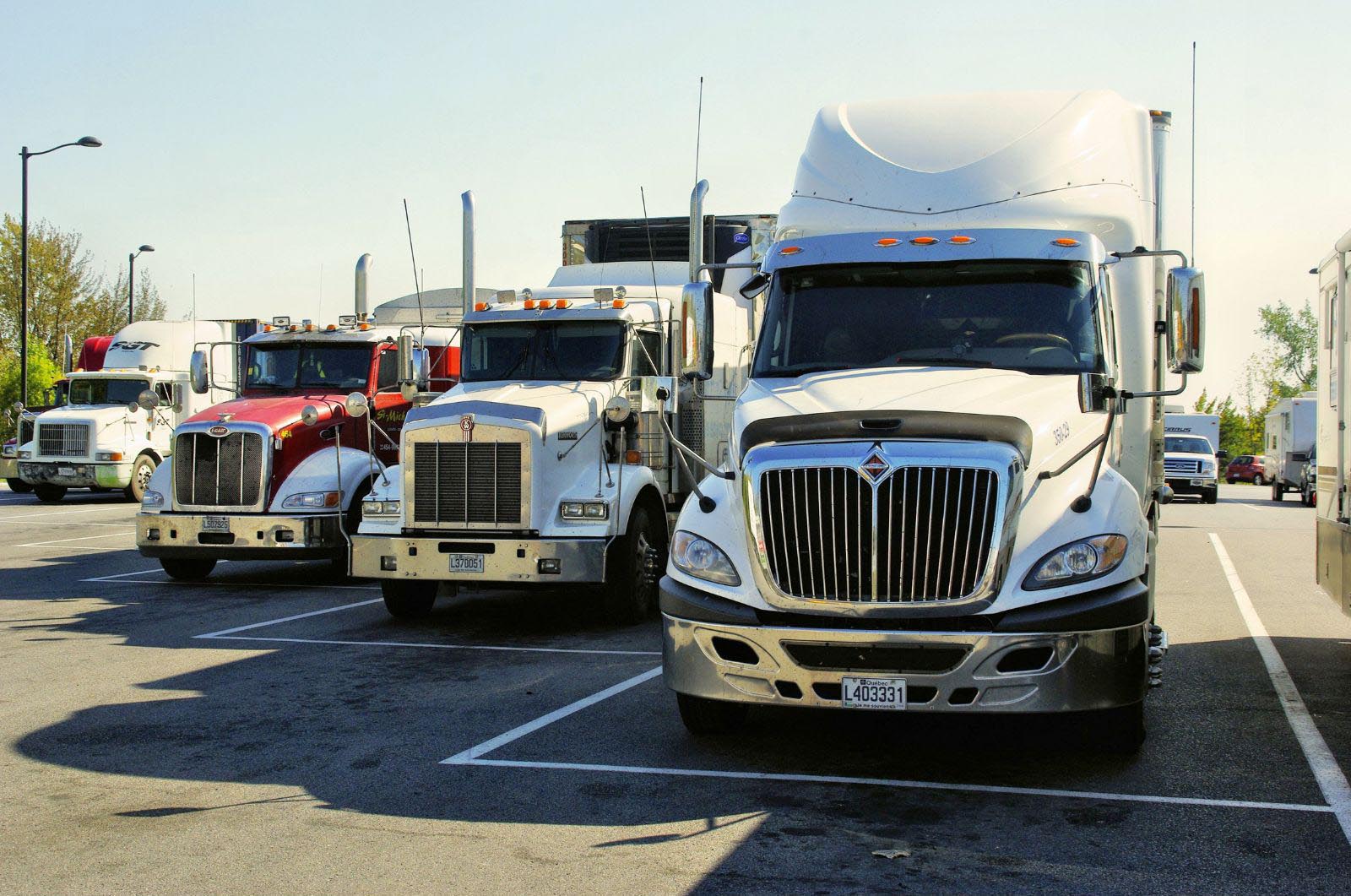Electric vehicles (EVs) have emerged as a ray of light in the constantly changing landscape of sustainable transportation, promising a future when clean energy will dominate on our roads. The switch to electric transportation has evolved into more than simply a fad as countries across the world struggle with the effects of climate change; it has become essential. With its enormous territory and varied topography, the United States has the particular task of building an infrastructure that supports this electric revolution. An effective network of EV charging stations needs to be built in order for EV users to drive long distances without worrying about running out of juice.
Hawaii, which is renowned for its immaculate beaches, colorful culture, and Aloha attitude, is already creating waves in another area by setting the standard for EV infrastructure. Recent initiatives by the Aloha State demonstrate its dedication to not only keeping up with but also leading the transition to electric mobility. Hawaii is establishing a gold standard for other states to imitate by utilizing federal monies and working with industry titans. In-depth analysis of Hawaii’s lofty goals, accomplishments, and road map for a greener, more sustainable future are provided in this blog article.
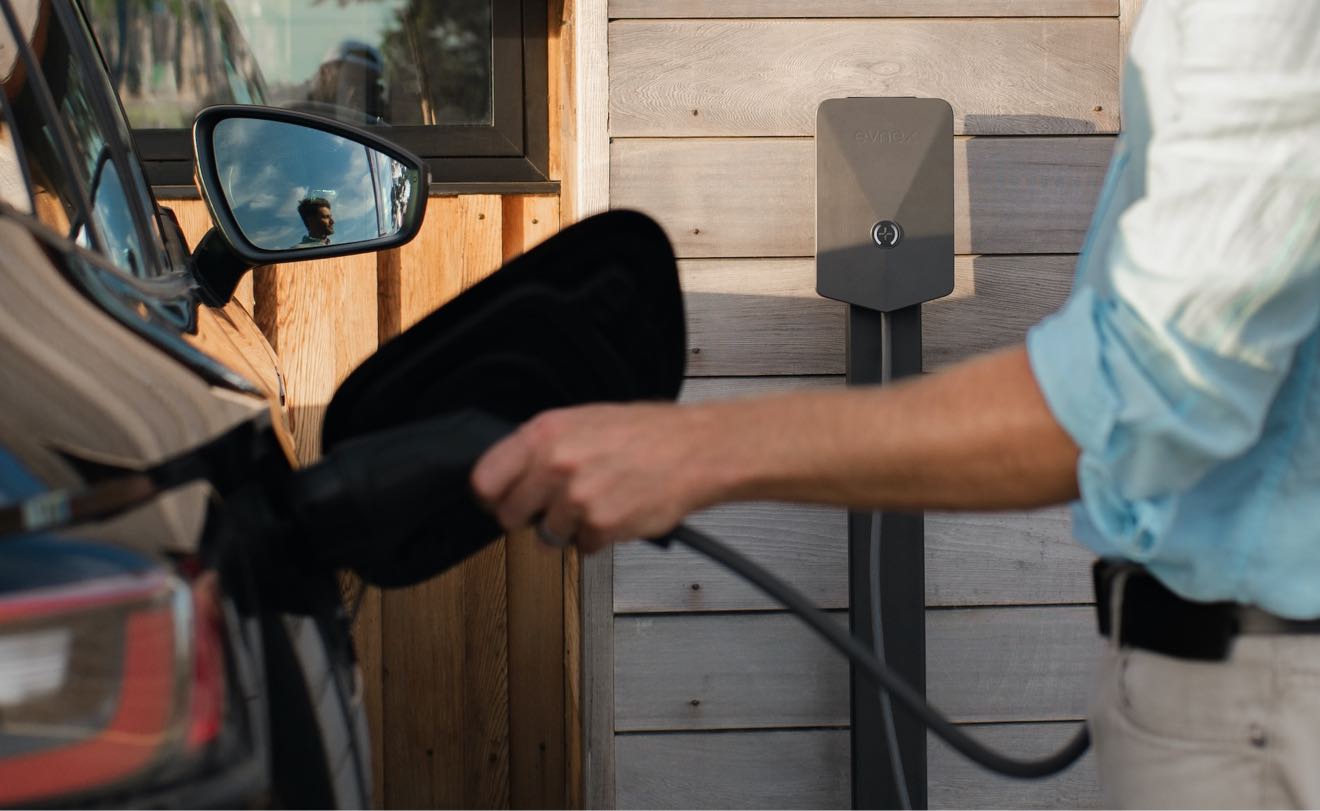
Federal Funding and Hawaii’s Initiative: Hawaii proudly claims that it was the first state to sign a contract for the installation of fast chargers with government funding all around the state. The National Electric Vehicle Infrastructure Formula Program (NEVI), which has allocated $5 billion over the course of five years to assist states in developing a comprehensive charging network across the United States, supports this endeavor. The Aloha State has been the first place where this initiative, which was the idea of President Biden’s infrastructure bill, has achieved success.
White House Acknowledgment: Mitch Landrieu, the White House’s coordinator for building infrastructure, praises Hawaii’s efforts. He highlights the sizeable amount of private funding that this effort has received and praises Hawaii for collaborating with Tritium, a major player in the EV charger market.
Collaborative Efforts: Gabe Klein, the director of the Joint Office of Energy and Transportation, highlights the joint efforts of the state Department of Transportation, federal agencies, and industry stakeholders. He expresses his joy for Hawaii‘s development and predicts that other states, including Washington, D.C., Alaska, and Ohio, would soon follow suit.
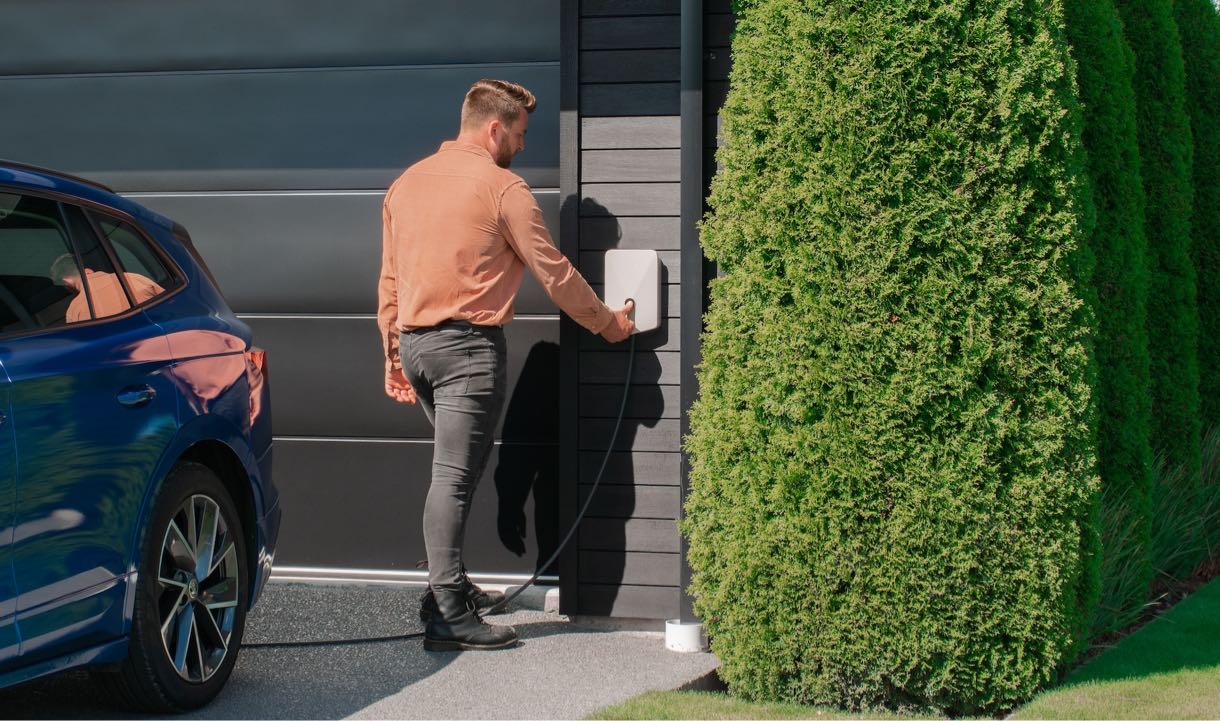
Immediate Plans: The DOT director, Ed Sniffen, announces the strategy to establish two NEVI stations by the end of the year, one each on Oahu and Maui. One station has been scheduled for close to Honolulu’s Aloha Tower, and the other is set to be a park-and-ride in Kahului. The construction of further stations on Kauai and Hawaii Island will take place in the next phase.
Long-term Vision: Hawaii hopes to complete all of its NEVI responsibilities by the end of 2024, including the installation of 32 chargers around the state. The Federal Highway Administration approved $2.6 million for the fiscal year, which gave this ambitious plan a boost.
Tritium’s Role: Eight NEVI systems with 16 power units will be provided by Tritium, an Australian business with a U.S. base in Torrance, California, for Hawaii’s first NEVI financing round. Jane Hunter, CEO of Tritium, commends Hawaii’s dedication to sustainability and mentions the state’s plan to use only renewable energy by 2045. She promises that the chargers made by Tritium, which are designed for tropical regions, will be among the first to be funded and installed under the NEVI initiative.
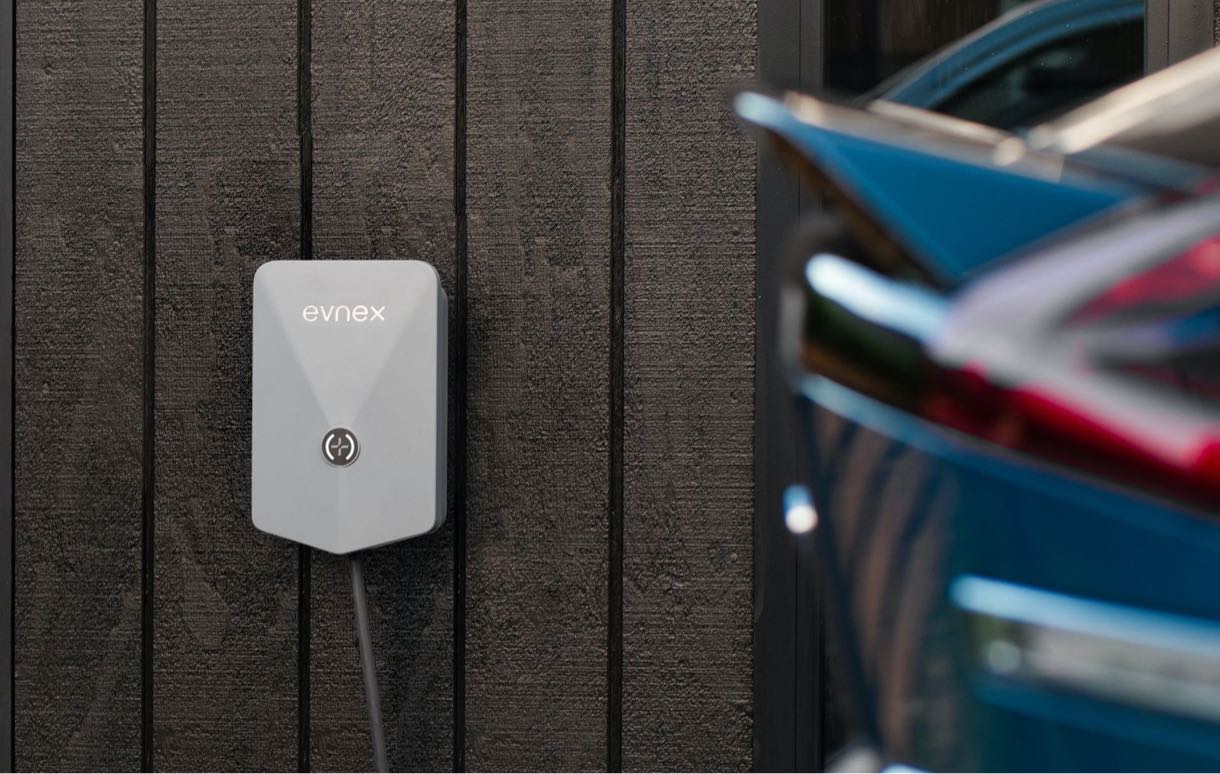
Leading the EV Transition: It is clear that Hawaii is committed to leading the country’s transition to electric transportation. Hawaii is ready to make substantial progress in enhancing its EV infrastructure, with an EV adoption rate that is only exceeded by California.
Operational Details: The purchase, use, and upkeep of the chargers will be made possible thanks to DOT’s partnership with Sustainability Partners, a nonprofit organization. Sniffen makes it clear that the NEVI rapid charging stations won’t be free, though. The pricing structures are being discussed, and a map displaying the locations of NEVI charges will soon be accessible online.
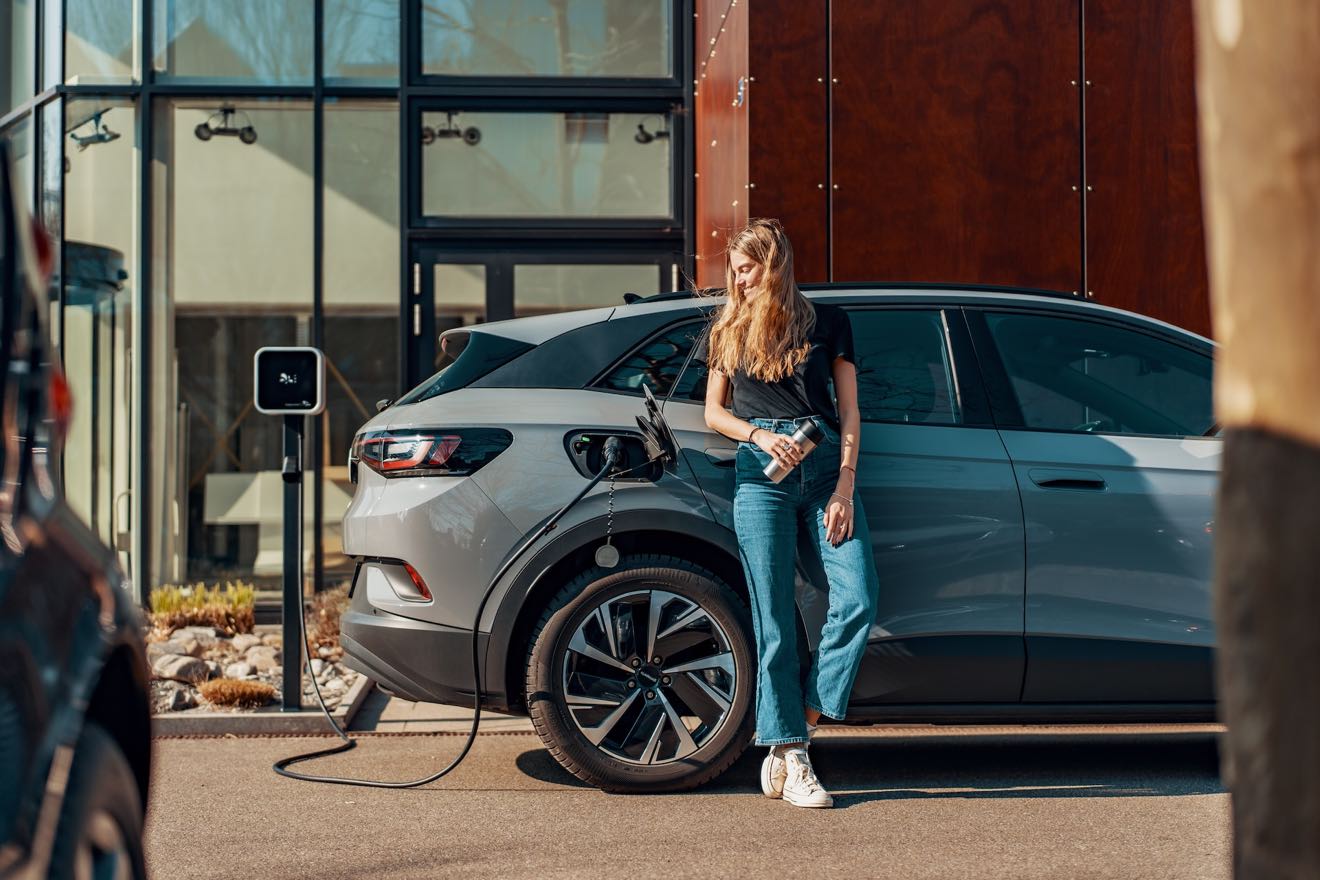
The sustainable future that Hawaii envisions is not simply a pipe dream; it is a concrete reality that is taking shape every day. The state has taken a proactive approach in utilizing federal monies to strengthen its EV infrastructure, demonstrating its dedication to green efforts. With this strategy, Hawaii not only demonstrates its commitment to setting an example, but also its strategic insight. Hawaii is creating a model that other governments might follow by standing with leaders in the sector and prioritizing sustainability in all of its choices.
Hawaii’s efforts also extend beyond only meeting its immediate needs. The state’s ambitious objectives, supported by partnerships with titans of the industry, are created to support an increasing rate of EV adoption. This forward-thinking strategy guarantees that Hawaii stays in the lead and is prepared to handle the flood of EVs in the upcoming years. In essence, Hawaii is creating the future by setting a high bar for environmentally friendly policies and sustainable transportation.

It is advisable to leave the complicated logistics of how to ship a car between the mainland and Hawaii to professionals. By fusing years of expertise with a dedication towards customer satisfaction, Ship A Car, Inc. has continuously established itself as the industry’s gold standard. They make the potentially stressful shipping process into a smooth experience by using open communication and a large network of vetted car shipping carriers. Ship A Car, continues to be the unrivaled option for customers looking for dependability and peace of mind for all of their vehicle shipping needs.
- How is Hawaii leading the nation in EV infrastructure? Hawaii is the first state to secure a contract for federally funded fast chargers, aiming to deploy 32 chargers by the end of 2024.
- Who is Tritium and what is their role in this initiative? Tritium is an EV charger provider based in Australia with a U.S. office in California. They will supply the fast chargers for Hawaii’s initial NEVI funding round.
- How does Ship A Car, Inc. facilitate vehicle shipping to and from Hawaii? Ship A Car, Inc. provides a complete solution for shipping cars between the Mainland and Hawaii. They make it a simple and hassle-free car shipping experience by utilizing their extensive network of vetted carriers and ships that transport vehicles along with subject matter expertise. Whether you need transportation because you’re moving, buying a new car, or for any other reason, Ship A Car offers dependable and prompt services that make the car shipping process simple for its customers.

